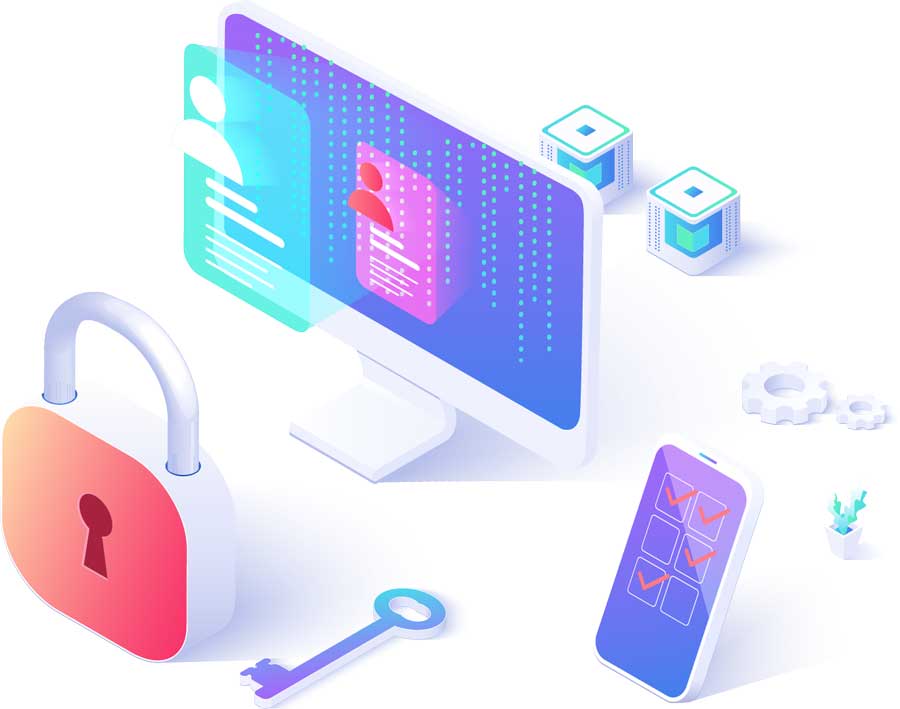Centralized procurement is a strategic approach to managing an organization’s purchasing activities by consolidating all procurement functions under a single, unified department or team. Instead of individual departments, branches, or locations handling their own purchasing, centralized procurement brings decision-making, supplier negotiations, and contract management into one cohesive unit. This model is widely adopted by businesses seeking to enhance efficiency, reduce costs, and ensure consistency across their supply chain.
In centralized procurement, a dedicated procurement team oversees the acquisition of goods, services, and supplies for the entire organization. This team is responsible for sourcing suppliers, negotiating contracts, managing budgets, and ensuring compliance with organizational policies and regulations. For example, in a multinational corporation, a centralized procurement department might handle purchasing for all global offices, from office supplies to raw materials for production.
This approach contrasts with decentralized procurement, where individual departments or locations manage their own purchasing independently. Centralized procurement aims to standardize processes, leverage economies of scale, and align purchasing with the organization’s strategic goals.
Centralized procurement typically involves:
Unified Decision-Making: A single team or authority makes purchasing decisions, ensuring consistency and alignment with organizational objectives.
Standardized Processes: Uniform policies, procedures, and systems are used for sourcing, supplier selection, and contract management.
Consolidated Spend: All purchasing activities are pooled, allowing the organization to negotiate bulk discounts and better terms with suppliers.
Centralized Data: Procurement data, such as spend analytics and supplier performance, is stored and managed in one system, enabling better visibility and reporting.
Compliance and Control: A centralized approach enforces adherence to budgets, regulations, and ethical standards across the organization.
Centralized procurement offers several advantages that make it a compelling choice for many organizations:
Cost Savings: By consolidating purchasing, organizations can negotiate better prices, secure volume discounts, and reduce redundant spending. For instance, buying in bulk for multiple locations often lowers per-unit costs.
Improved Efficiency: Standardized processes and a single point of contact streamline procurement, reducing administrative overhead and speeding up purchasing cycles.
Consistency and Quality: Centralized procurement ensures uniform supplier selection criteria and contract terms, leading to consistent quality and service levels across the organization.
Enhanced Supplier Relationships: A centralized team can build stronger, long-term partnerships with suppliers, fostering collaboration and improving reliability.
Better Spend Visibility: Centralized systems provide comprehensive data on spending patterns, enabling informed decision-making and identification of cost-saving opportunities.
Risk Mitigation: A unified approach improves compliance with regulations, reduces fraud risks, and allows for better management of supply chain disruptions.
The process of centralized procurement typically includes:
Needs Assessment: The procurement team collaborates with departments to identify purchasing requirements across the organization.
Spend Analysis: Analyzing historical and current spend data to identify opportunities for consolidation, cost reduction, or supplier optimization.
Supplier Sourcing: Identifying and evaluating suppliers based on quality, cost, reliability, and alignment with organizational needs.
Negotiation and Contracting: Negotiating terms, pricing, and contracts to secure the best value for the organization.
Purchase Execution: Processing purchase orders, managing deliveries, and ensuring compliance with contract terms.
Performance Monitoring: Tracking supplier performance, spend metrics, and process efficiency to drive continuous improvement.
While centralized procurement offers significant benefits, it also comes with challenges:
Reduced Flexibility: Departments may feel restricted by centralized control, as they lose autonomy to make quick, localized purchasing decisions.
Slower Response Times: A centralized team may take longer to process requests, especially in large organizations with complex needs.
Resistance to Change: Employees accustomed to decentralized procurement may resist transitioning to a centralized model, requiring change management efforts.
One-Size-Fits-All Risks: Standardized processes may not fully address the unique needs of specific departments or locations.
Resource Demands: Setting up and maintaining a centralized procurement system requires investment in technology, training, and skilled personnel.
Centralized procurement differs from decentralized procurement in several ways:
Control: Centralized procurement consolidates authority, while decentralized procurement allows individual units to make purchasing decisions.
Scale: Centralized systems leverage organization-wide purchasing power, while decentralized systems focus on local or departmental needs.
Efficiency: Centralized procurement streamlines processes but may slow response times, whereas decentralized procurement offers flexibility but risks inefficiencies like duplicate spending.
Consistency: Centralized procurement ensures uniformity in pricing and quality, while decentralized procurement may lead to variations.
Some organizations adopt a hybrid model, combining centralized oversight for high-value or strategic purchases with decentralized autonomy for low-value or urgent needs.
To implement centralized procurement effectively, organizations can follow these practices:
Invest in Technology: Use procurement software or enterprise resource planning (ERP) systems to centralize data, automate processes, and improve visibility.
Engage Stakeholders: Collaborate with departments to understand their needs and ensure the centralized system addresses diverse requirements.
Standardize Processes: Develop clear, consistent procedures for requisition, approval, and purchasing to minimize confusion and delays.
Train Staff: Equip procurement teams with skills in negotiation, data analysis, and supplier management to maximize value.
Monitor Performance: Track KPIs like cost savings, supplier performance, and cycle times to evaluate the system’s effectiveness and identify areas for improvement.
Balance Control and Flexibility: Allow some autonomy for urgent or low-value purchases to maintain operational agility while preserving centralized oversight.
support@lassoprocurement.com
© 2025 Lasso Supply Chain Software LLC
This website uses cookies to ensure you get the best experience on our website.
